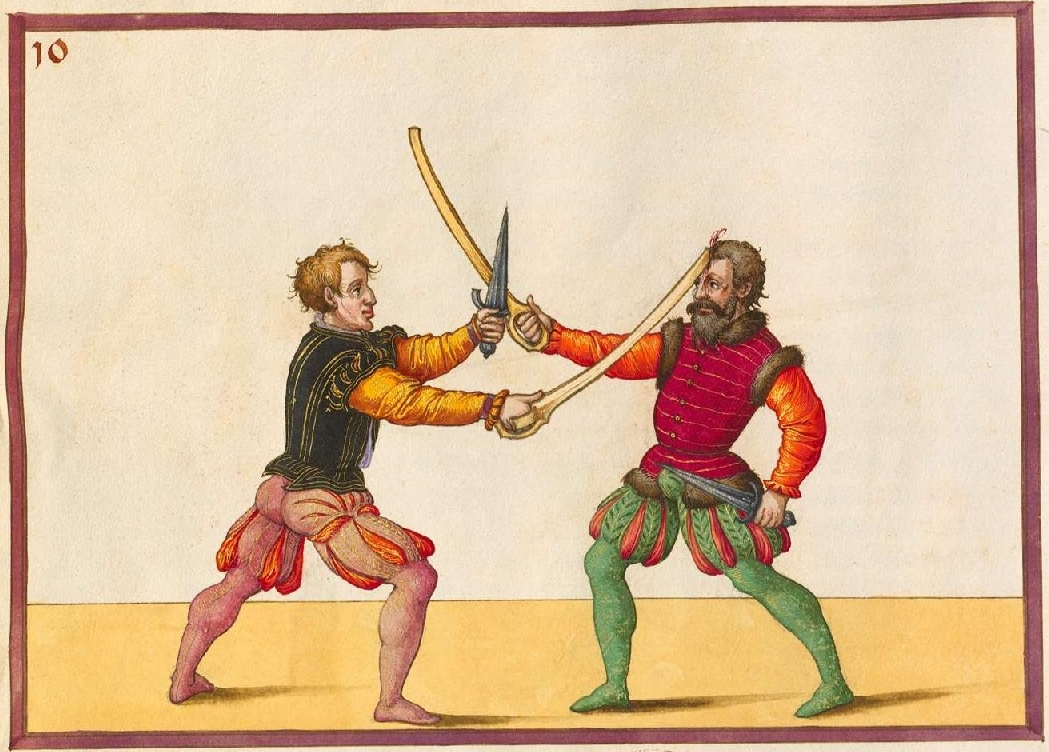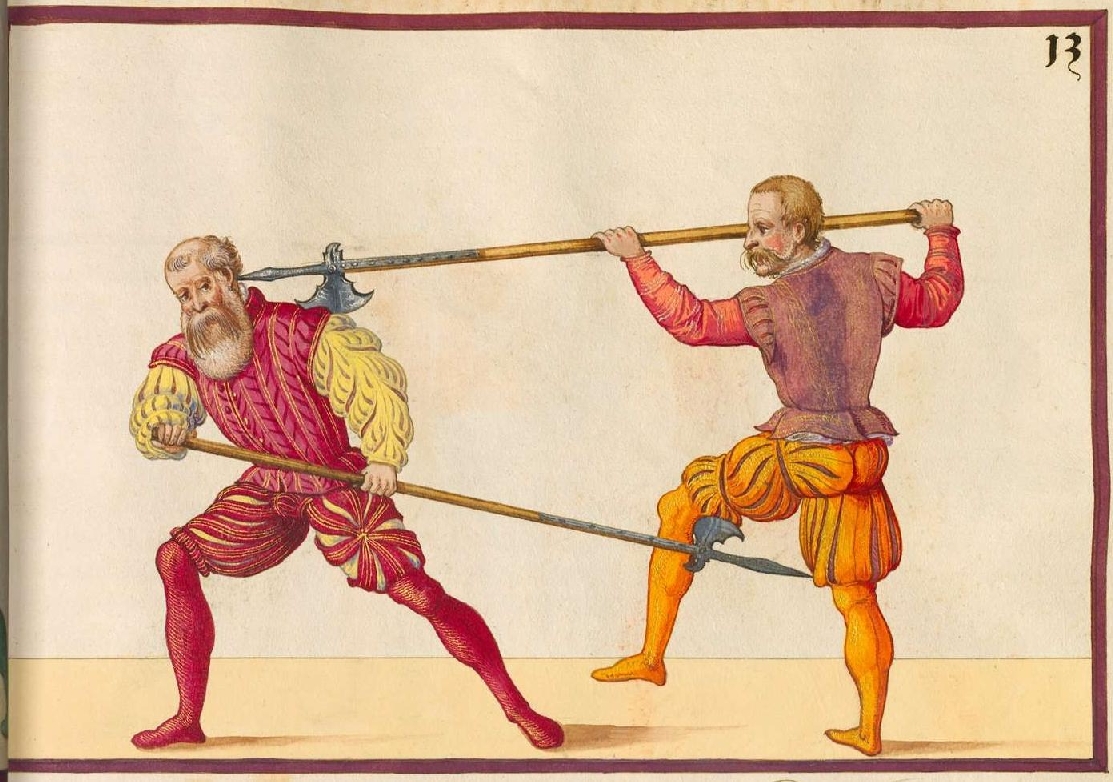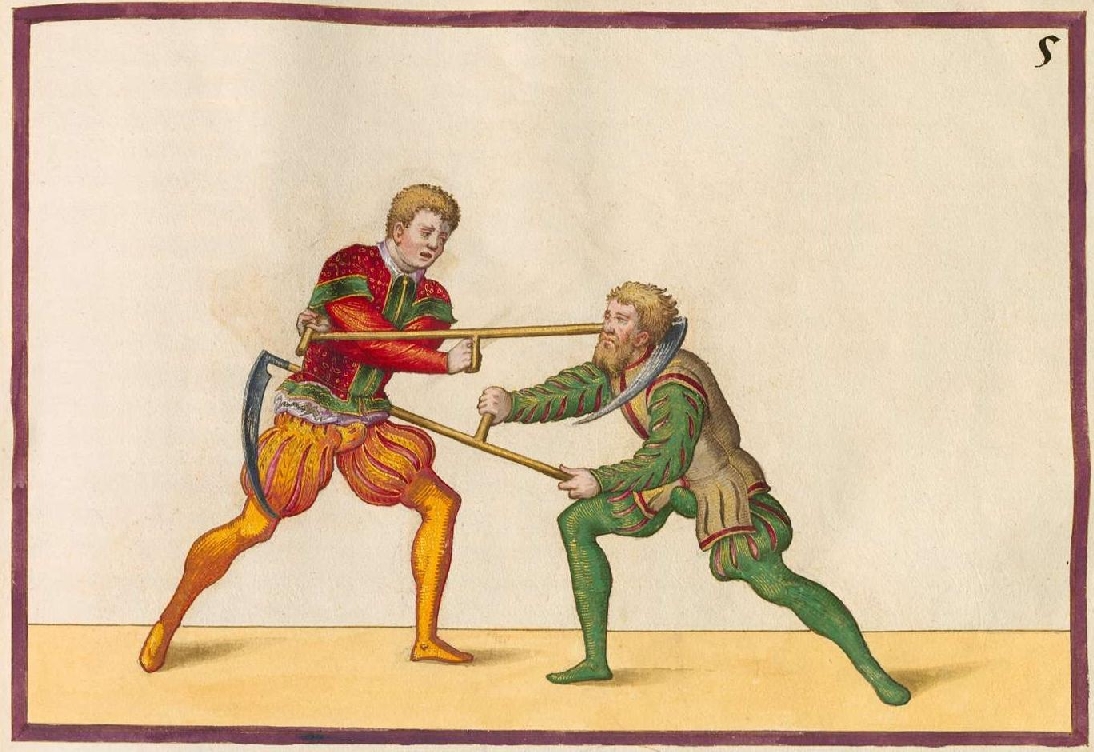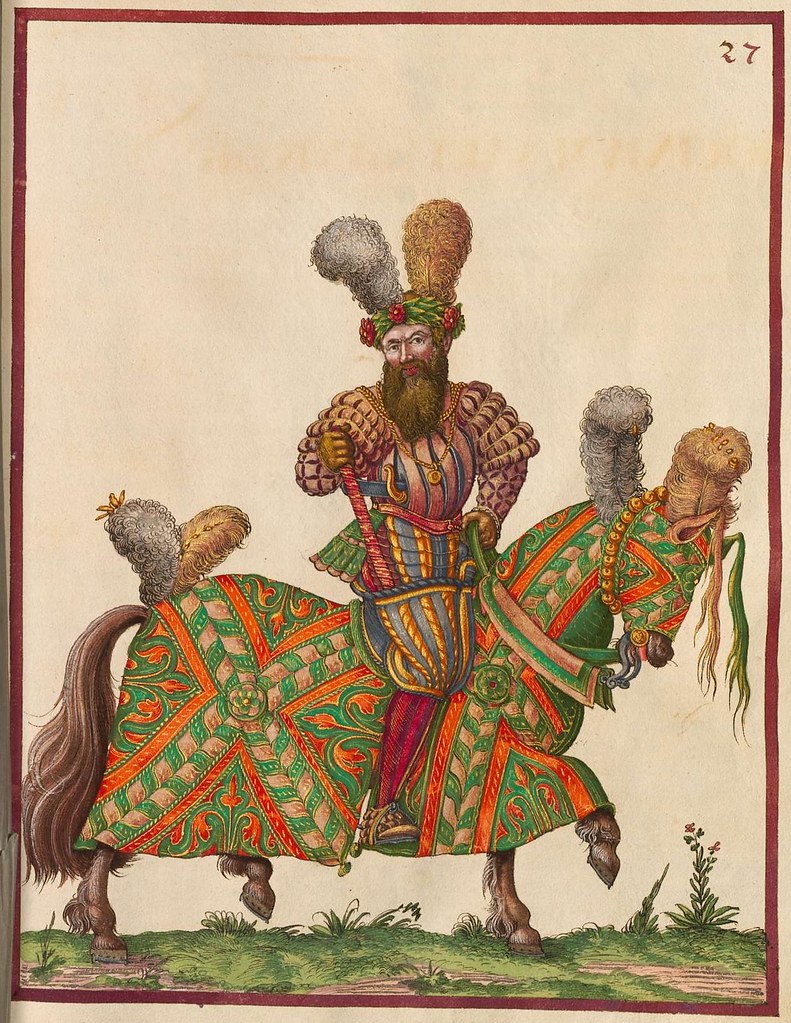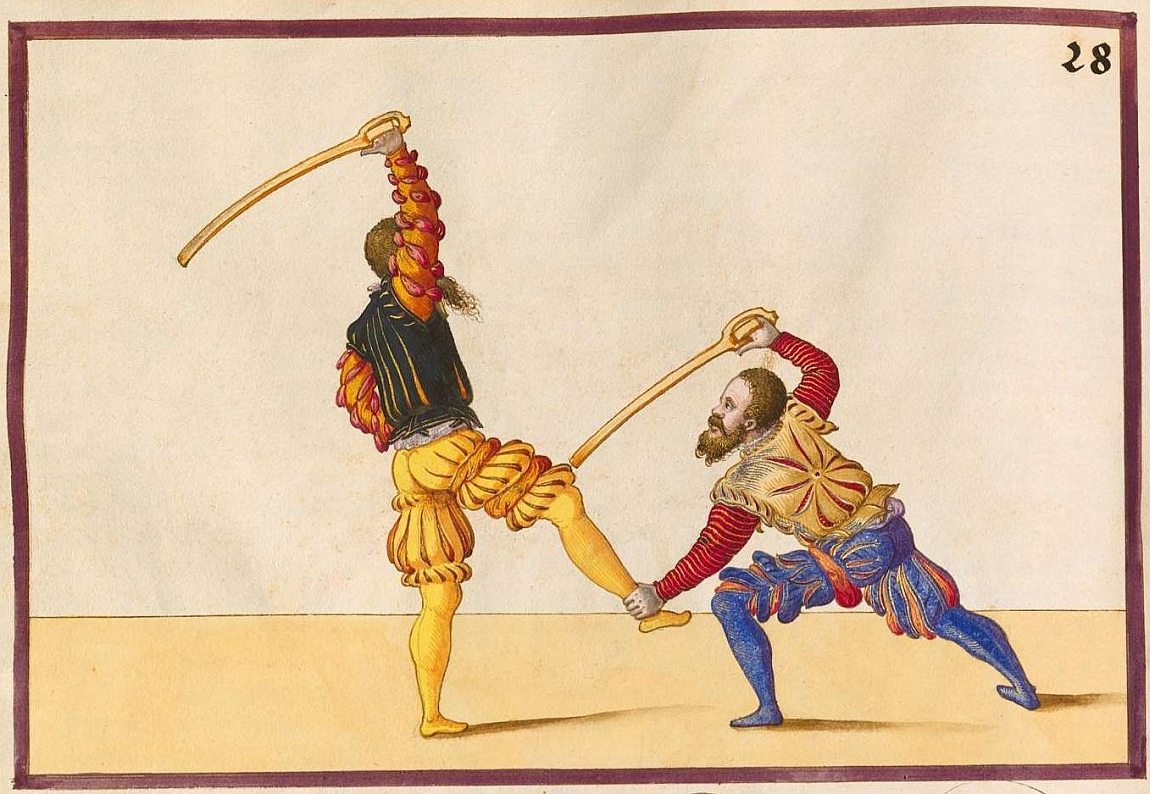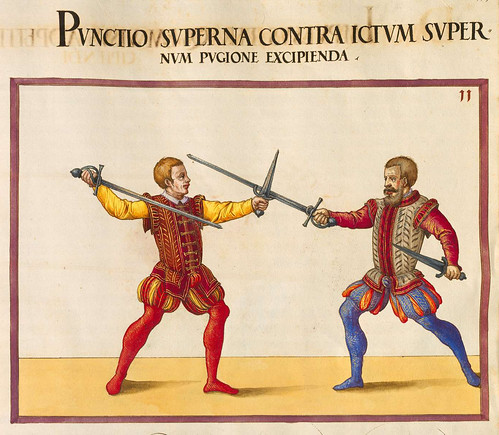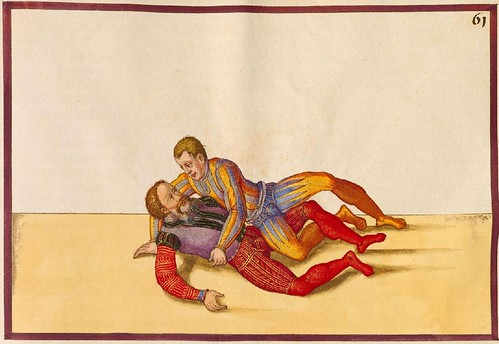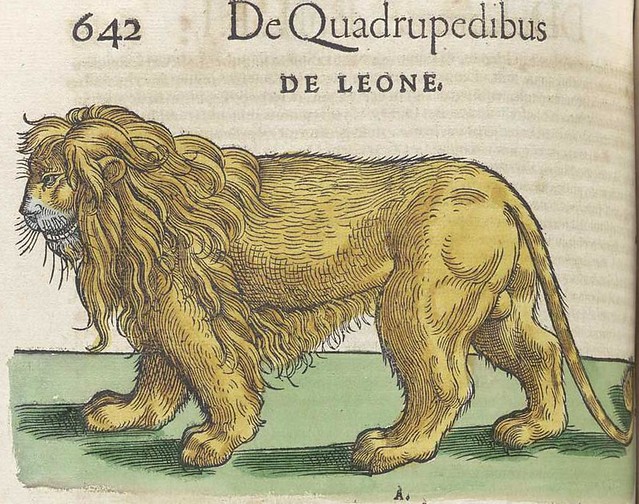
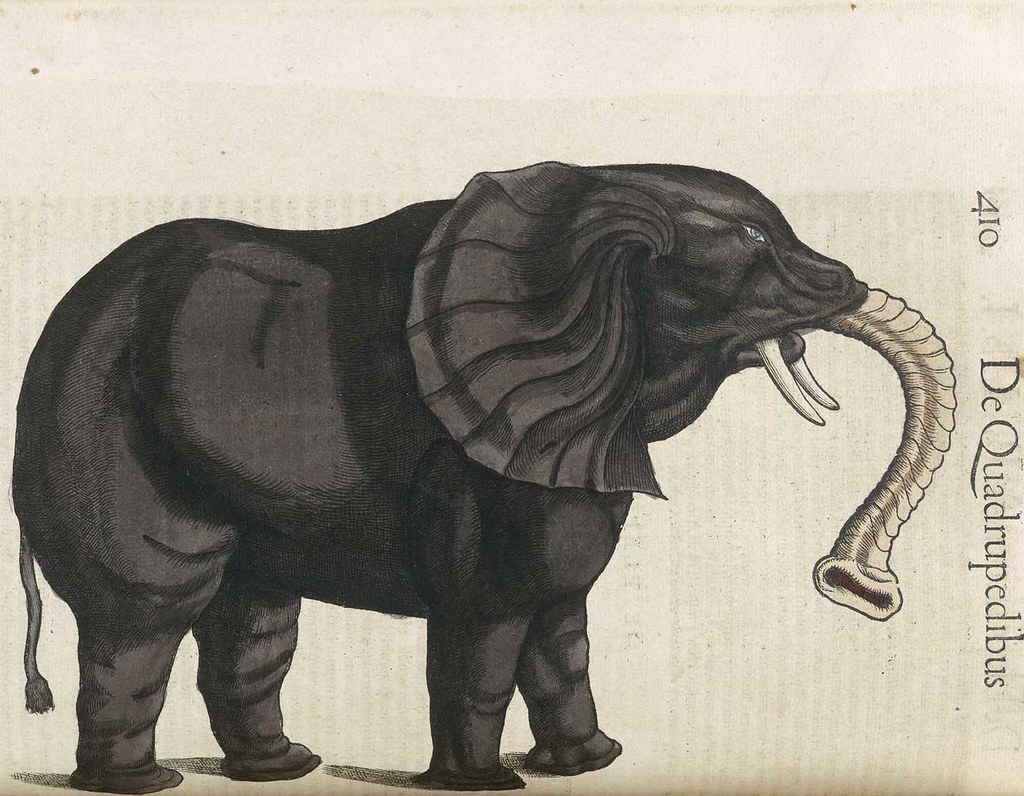
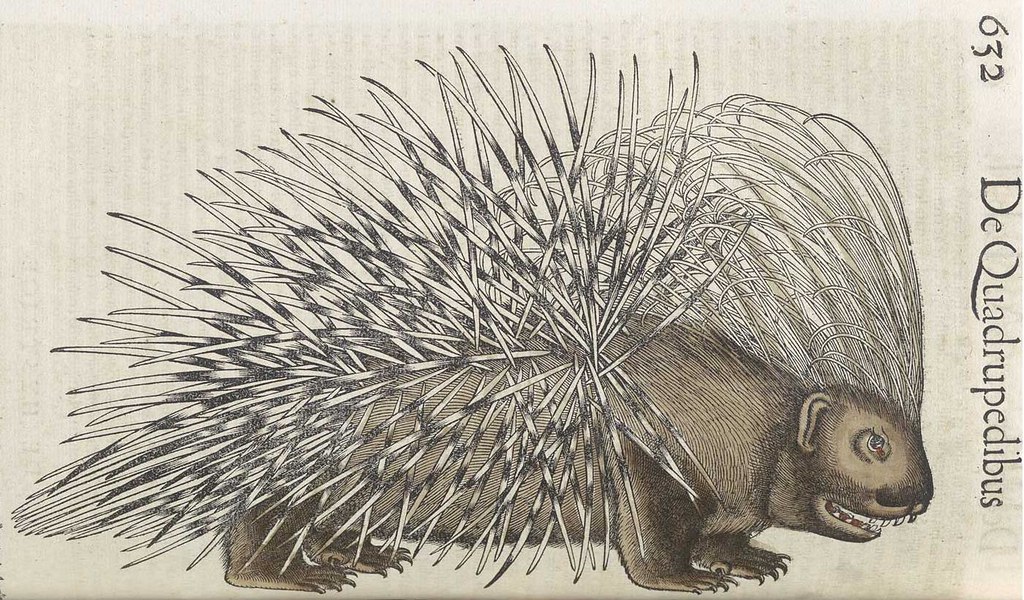

Conrad Gessner (1516–died in 1565, aged only 49) was a Swiss naturalist author of the great "Historiae animalium", considered the beginning of modern zoology and the first attempt to describe all of the world’s known animals. The collection appeared in 4 vols. (2 for quadrupeds, birds and fishes). A fifth volume (for snakes) was being issued in 1587. As Gessner was protestant, there was extreme religious tension at the time "Historiae animalium" came out, and finally this amazing collection was added to the Roman Catholic Church's list of prohibited books (Under Pope Paul IV). Wikipedia as an excellent article about the "Index Librorum Prohibitorum"
 |
| Title page of the first Papal Index, Index Auctorum et Librorum, published in 1557. Conrad Gessner and his book "Historiae Animalium" were included even before the diffusion of the codex... |
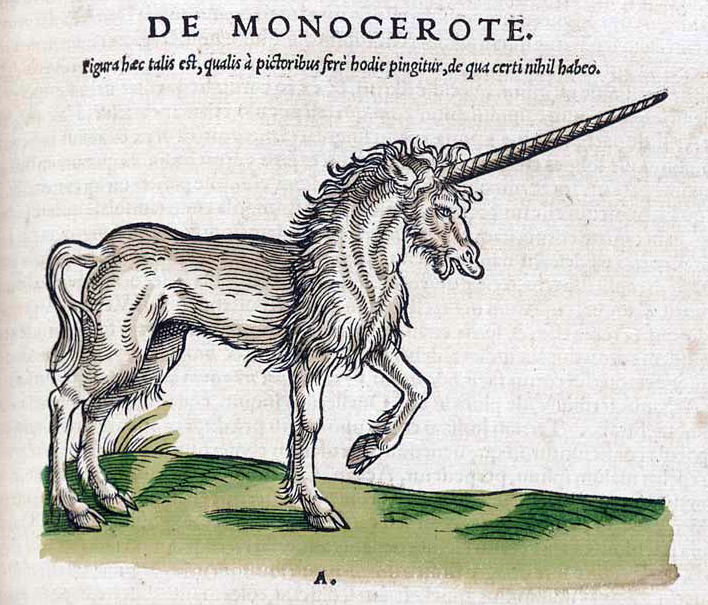 |
| Imagine the wonder of an European average citizen of the 16th century would have felt at seeing pictures of Elephants, Rhinos and Lions or even myth animals that were included as real or existing animals... Illustrations are of remarkable quality and charm |
 |
| Seven head hydra was included by Gessner on his animal compilation |




To his contemporaries, conrad Gessner was best known as a botanist, although his botanical manuscripts were not published long after his death, the “Historiae plantarum” (1541, direct link to the digitized copy provided, hosted on Google Books-good job google!- but still have to improve...) and the “Catalogus plantarum” (1542, again link to the digitized copy provided, in this case hosted on BSB -a classic digital library for me- under their "MDZ-reader" which I don´t like but is what they have, so far).
In 1545 Konrad Gessner published his remarkable “Bibliotheca universalis”, supposedly a catalogue of all writers who had ever lived (!!), with the titles of their works. A second part, “Pandectarum sive partitionum universalium libri”, appeared in 1548. The last, a theological encyclopaedia, was published in 1549, but the last but one, intended to include his medical work, was never finished.
References:
- "Conrad Gessner," in Encyclopedia of the Scientific Revolution from Copernicus to Newton, ed. Wilbur Applebaum, New York, Garland, 2000, 265-266.
- "Conrad Gessner" in Europe 1450-1789: Encyclopedia of the Early Modern World, Ed. Jonathan Dewald, Charles Scribner’s Sons, New York, 2004.
